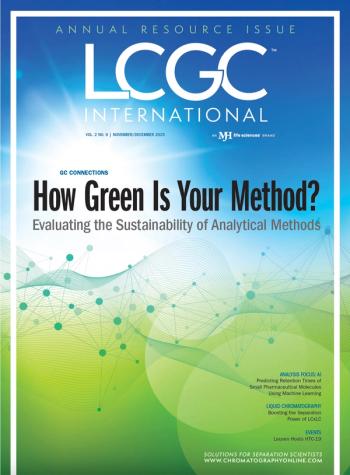
- The Column-10-08-2010
- Volume 6
- Issue 18
Drinking to your health
The analysis of Nubian bones has revealed that people were making and consuming antibiotics more than 1500 years ago
The analysis of Nubian bones has revealed that people were making and consuming antibiotics more than 1500 years ago. According to bioarcheologists the drugs appear to have formed part of the dietary regime, most likely as part of their version of beer.
Evidence of tetracycline use in the Nubian population has been reported since the 1980s, but these reports were met with scepticism and claims that this was the result of postmortem taphonomic infiltration of bacteria and fungi. Howev reports the extraction and characterization of tetracycline in bones from 350–550 AD.1
According to the study, the samples were demineralized before the bone-complexed tetracycline was isolated by solid-phase extraction on reversed-phase media. The results of chemical characterization by high pressure liquid chromatography–mass spectroscopic procedures indicate that the bones had been saturated with tetracycline, showing the ancient Nubians had been taking the drug for a long time.
The antibiotic has been tied to the Nubian beer. The researchers have found that the grain used in its production contained the soil bacteria streptomyces, which produce tetracycline.
1. M.L. Nelson et al., Am. J. Phys. Anthropol., 143, 151–154 (2010).
Articles in this issue
about 15 years ago
New drug testing guidelinesabout 15 years ago
Plant pigmentationabout 15 years ago
American distribution agreementabout 15 years ago
The Importance of Being Inertabout 15 years ago
The Best of Both Worlds?Newsletter
Join the global community of analytical scientists who trust LCGC for insights on the latest techniques, trends, and expert solutions in chromatography.



